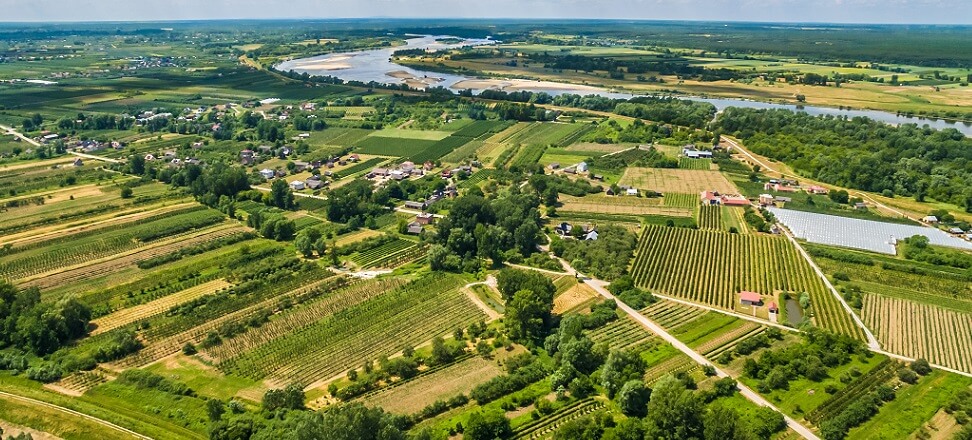Water management in Poland as in the rest of Europe is based on cyclicality. First, the problem is assessed and actions are prepared on that basis. Once the measures are implemented, their effectiveness is evaluated and the approach is reviewed and updated. The approach to protecting water from nitrates from agriculture is no different. The way to take care of limiting agricultural water pollution in Europe is regulated by the so-called “water pollution”. Nitrate Directive. It assumes four-year cycles related to the introduction of nitrate programs, their review and revision. Work is nearing completion on the procedure of the document, which is expected to take effect in February 2023.
Did the nitrate program actually need to be changed?
It seems to be. The basis for the activities was a review of the 2018 program records. and the 2020 changes. Learning for 4 years provided new knowledge. Climate change adaptation indications have also been modified. You can read about how climate change will affect the agricultural sector in our article. It is also significant that the 2018 nitrate program. For the first time, it was effective nationwide. Experience of its application and inspection in practice has caught all the inaccuracies and doubts. The update is therefore an opportunity to improve and clarify the provisions so that it is clear to everyone how the waters should be protected.
What has changed in the nitrate program?
There may not be many changes, as the very backbone of the program has remained in its previous form, but the issues modified are of great importance.
First, in response to climate change, records of when to begin spring fertilizer applications have changed. With the warming of the spring period, plants start growing earlier, so they need an earlier supply of nitrogen, phosphorus and potassium to the soil. The updated nitrate program will introduce some flexibility in this regard. You can read about how such a system is supposed to work in our article.
The second change includes the inclusion of increasingly common sources of nitrogen compounds in agriculture – sewage sludge and wastewater. Until now, these elements have been somewhat outside the nitrate program. The update will make it easier to include them in balance sheets. Values of fertilizer equivalents have been established, and it has been determined how to calculate nitrogen doses from wastewater and sewage sludge.
The third change comes from the practice of applying the nitrate program. The previous one did not take into account one important aspect of breeding, as it turned out after time – the open system. As part of the update, tables for calculating fertilizer production and the size of storage areas have been completed, and how to deduct the grazing period has been clarified. This sector of animal husbandry is the subject of one of the articles in the Opinions section.
The review of the nitrate program was also about incorporating the latest scientific findings. Annexes containing conversion factors of actual livestock to LU have been updated. New species have been added – llamas and alpacas. The division into animal technology groups has been standardized. In addition, the average annual production volumes of natural fertilizers and the concentration of nitrogen contained in them were verified.
In terms of unit nitrogen uptake, the rules have been changed to include faba bean and forage crops. These plant groups were removed from the determination of mineral nitrogen fertilizer rates. The unit intake for green-crop corn, sunflower, fiber hemp, oil and fiber flax, savoy cabbage and asparagus has also been revised.
Changes to the annexes on fertilizer production and nitrogen uptake by plants have resulted in modifications to on-farm nitrogen balancing. You can read about what such a balance sheet looks like in the current issue of Water Issues.
The updated nitrate program is currently in the final stages of the legislative procedure. You can read its contents on the pages of the Government Legislation Center. In the coming days, we expect the publication of a Decree of the Council of Ministers on the adoption of the “Program of measures to reduce water pollution by nitrates from agricultural sources and to prevent further pollution.” This is due to the need to include a spring flexible fertilization date as late as February 2023.

 Polski
Polski






